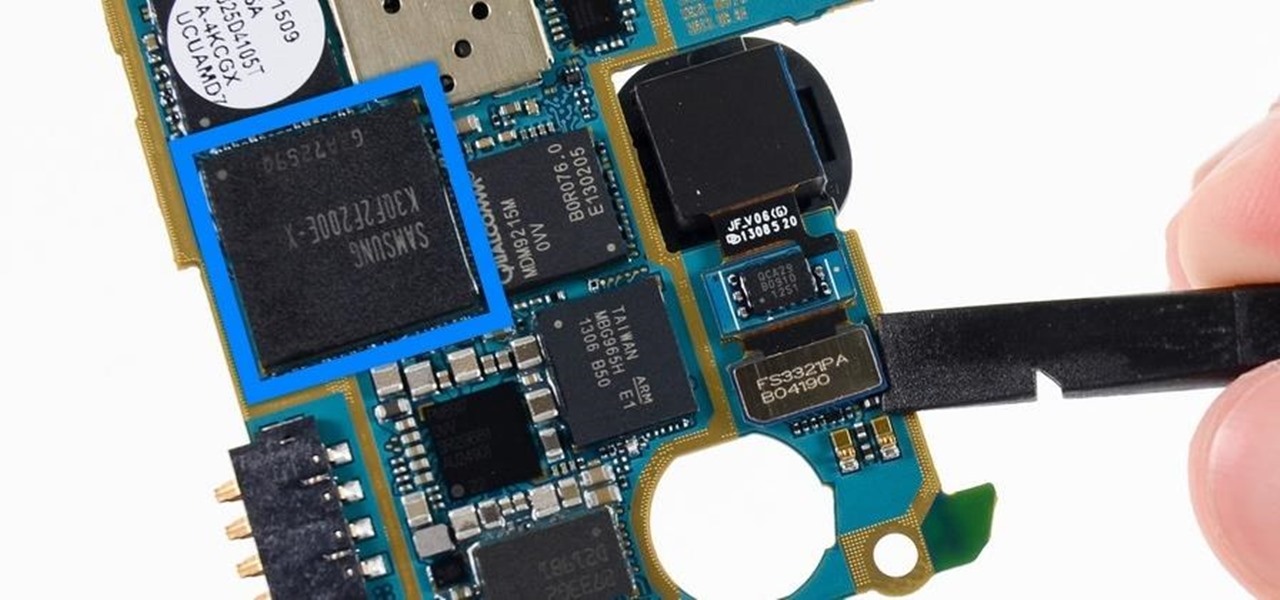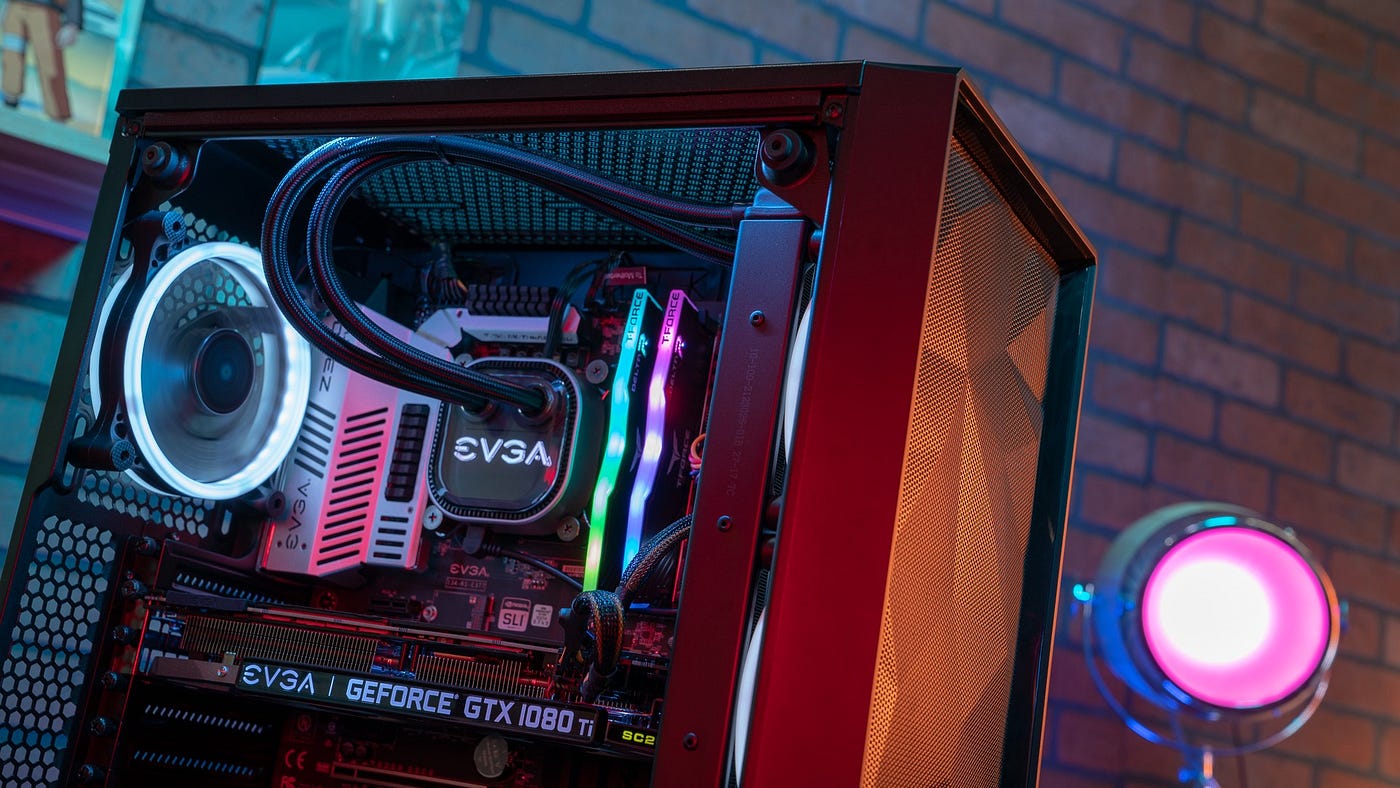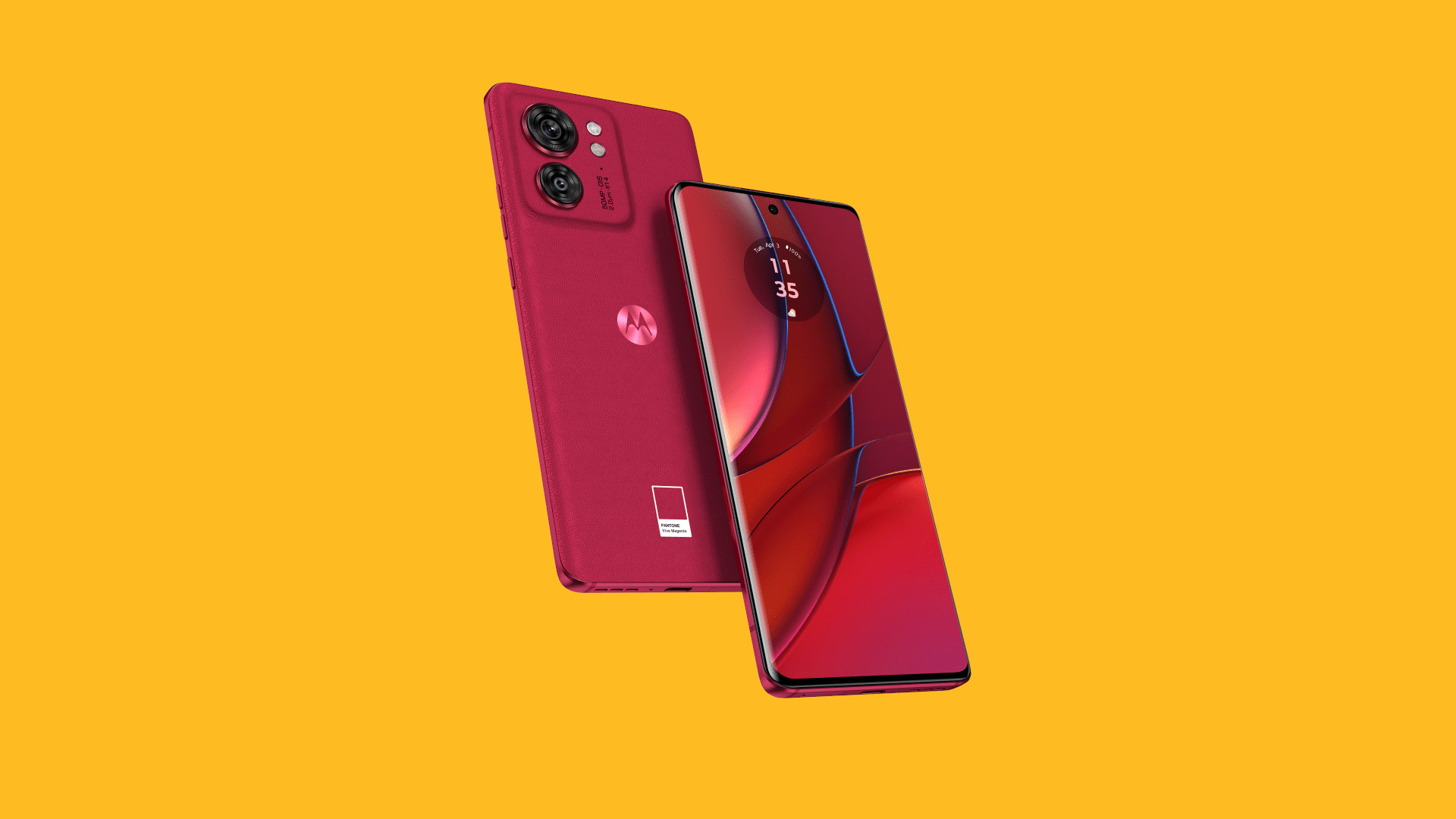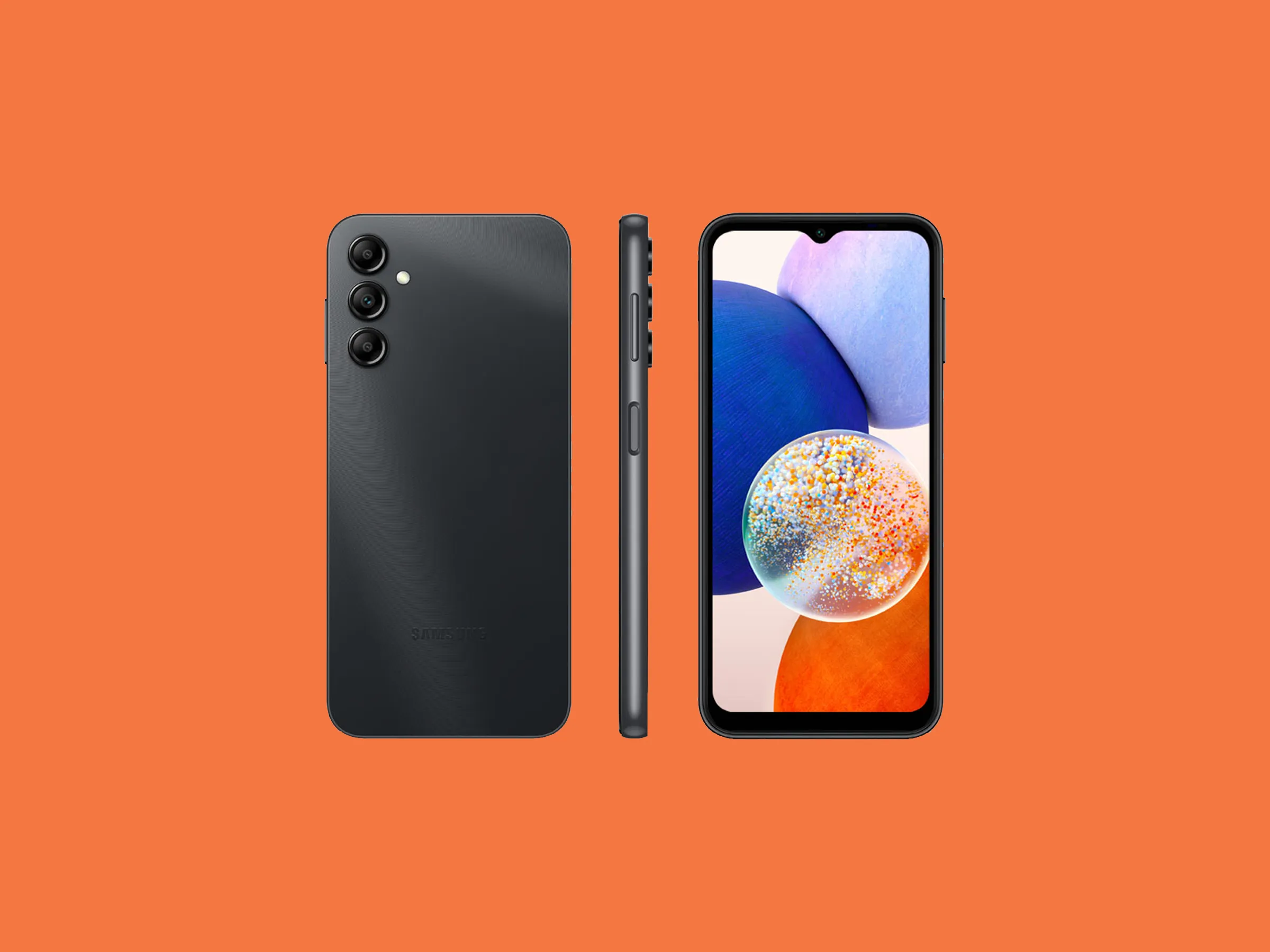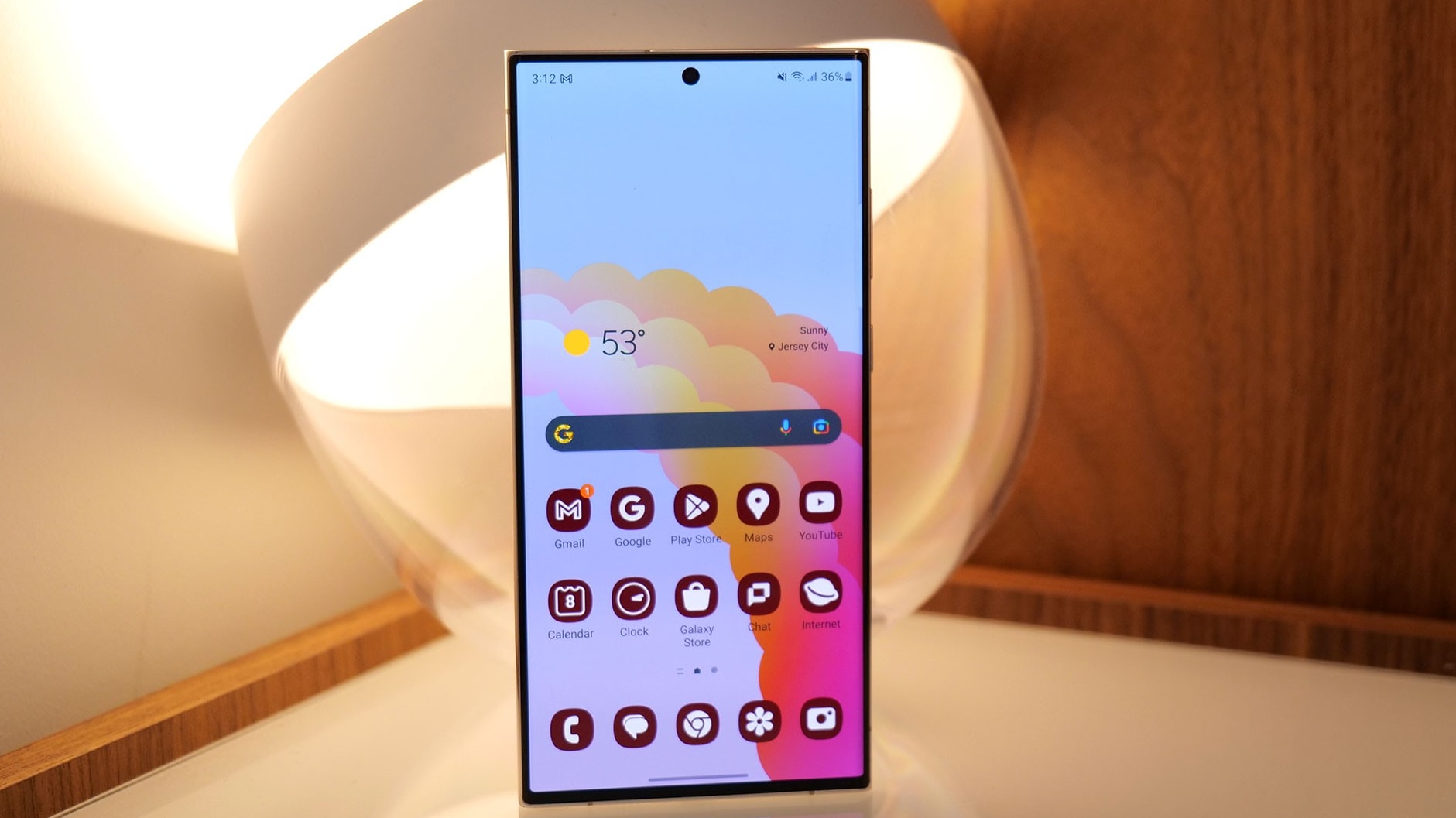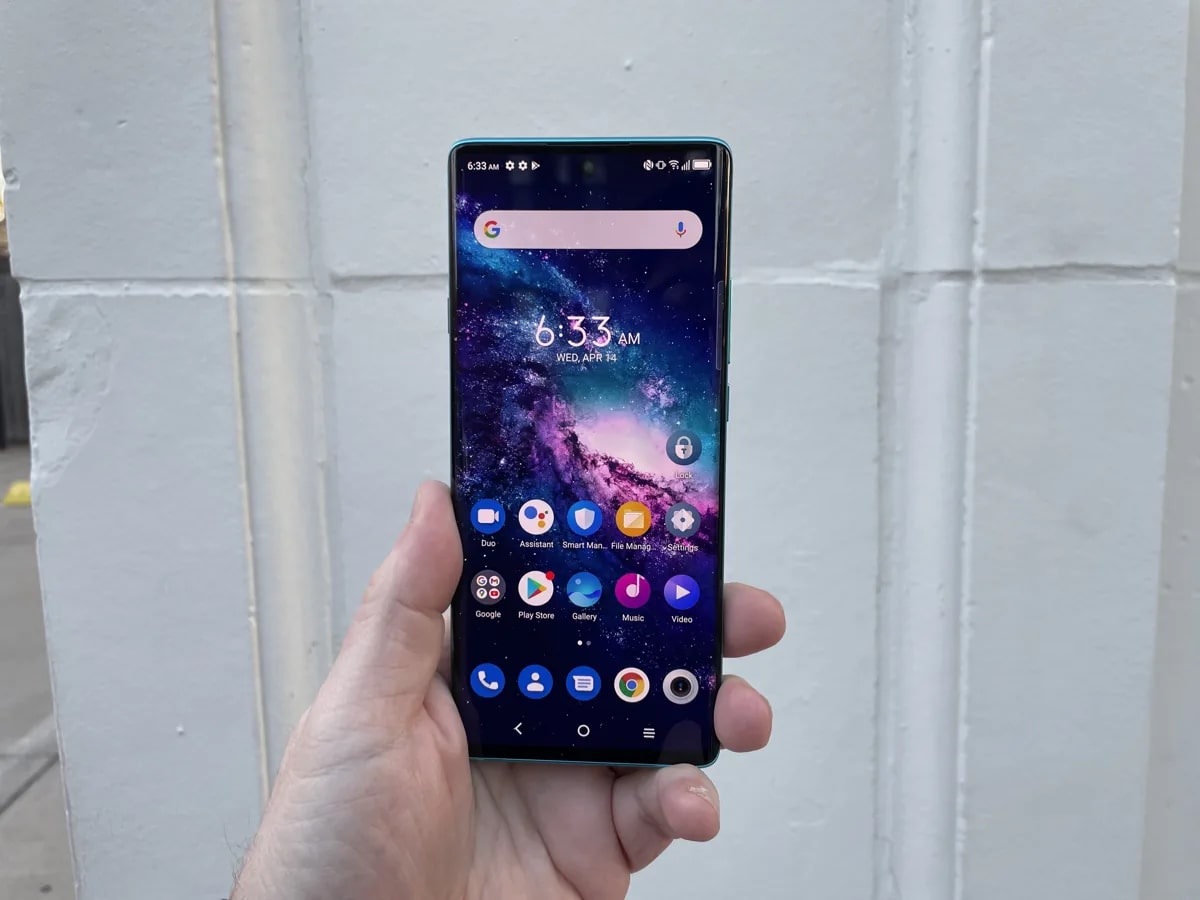Introduction
When it comes to our smartphones, we have become accustomed to utilizing a plethora of apps and features that make our lives easier and more enjoyable. From social media and messaging apps to gaming and productivity tools, our dependency on mobile devices has grown exponentially. But have you ever wondered how all these apps and functions seamlessly run on your Android mobile?
The answer lies in a crucial component called RAM, or Random Access Memory. RAM plays a vital role in the smooth operation of your Android mobile device, allowing multiple applications to run simultaneously and ensuring a seamless user experience.
In this article, we will explore the importance of RAM, its function in Android mobiles, and how it impacts multitasking and app performance. We will also provide some tips on how to optimize RAM usage to enhance the overall performance of your device.
So, if you’re curious about what RAM does and how it affects your Android mobile, let’s delve into the world of memory management and uncover the significance of RAM in your device.
What is RAM and Why is it Important?
RAM, or Random Access Memory, is a crucial component in your Android mobile device that stores temporary data for faster access by the CPU (Central Processing Unit). Unlike the device’s internal storage, which is used for long-term data storage, RAM provides temporary storage that enables your phone to perform various tasks efficiently.
When you open an app or perform a task on your Android mobile, the necessary data is loaded into the RAM to allow the CPU to access it quickly. This allows for faster app launching, smoother multitasking, and overall improved performance.
But why is RAM important? The answer lies in the increasing demands of modern-day mobile applications. As apps become more feature-rich and resource-intensive, they require a larger amount of RAM to operate efficiently. A sufficient amount of RAM ensures that your Android mobile can handle multiple apps and tasks simultaneously without significant lag or performance issues.
Furthermore, RAM also plays a crucial role in your device’s overall system performance and responsiveness. By having an adequate amount of RAM, you can expect a smoother user experience, faster app switching, reduced loading times, and improved overall device performance.
However, it’s important to note that the amount of RAM in your device alone does not determine its performance. Other factors such as the efficiency of the operating system, the optimization of the apps you use, and the CPU power also play significant roles. Nevertheless, RAM remains a critical component that significantly impacts your Android mobile’s performance.
In the next section, we will explore how RAM is utilized in Android mobiles, particularly in multitasking scenarios.
RAM in Android Mobiles
RAM plays a crucial role in the operation of Android mobile devices. It is responsible for temporarily storing the data and instructions required for running applications and processes on your phone. When you open an app, it is loaded into the RAM so that it can be accessed quickly by the CPU whenever needed.
Android mobiles typically have varying amounts of RAM, ranging from as low as 2GB to as high as 12GB or more in flagship devices. The amount of RAM in your device directly affects its multitasking capabilities. With more RAM, you can simultaneously run multiple apps without experiencing significant performance degradation.
In addition to its multitasking capabilities, RAM also influences app performance. When an app is loaded into the RAM, it runs faster and responds more quickly to user inputs. This allows for a seamless user experience, with minimal lag and smoother transitions between apps.
Android operating systems have evolved to be more efficient in managing RAM usage. They employ various techniques, such as memory optimization algorithms, to allocate RAM resources effectively. This ensures that the most important and frequently used apps and processes are given priority in terms of RAM allocation, while less frequently used ones are moved to secondary storage or cached to free up RAM.
It is important to note that even with a large amount of RAM, there is a limit to how many apps can be actively running in the background. Android’s multitasking capabilities are limited by the device’s RAM capacity. Therefore, it is advisable to close unused or unnecessary apps to free up RAM and optimize device performance.
In the next section, we will delve deeper into how RAM affects multitasking and app performance on Android mobiles.
Multitasking and RAM
One of the key benefits of having sufficient RAM in your Android mobile is its ability to handle multitasking efficiently. Multitasking refers to the ability to run multiple apps or processes simultaneously, seamlessly switching between them without any noticeable slowdowns or performance issues.
RAM plays a vital role in multitasking as it allows the Android operating system to keep multiple apps loaded in the background and ready for quick access. When you switch between apps, rather than closing and reopening them, the OS keeps them in the RAM so that they can be quickly resumed from where you left off.
For instance, imagine you’re browsing the internet on your Android mobile, and suddenly you receive a message on a messaging app. With sufficient RAM, you can switch to the messaging app without any delay or interruption, and then quickly switch back to your browser without losing any information or progress.
However, if your device is low on RAM, you may experience delays, slow app switching, or even apps being forcibly closed in the background to make room for new ones. This can be frustrating and hinder your multitasking capabilities.
It’s important to note that not all apps consume the same amount of RAM. Resource-intensive apps like games, video editing tools, and graphics-intensive applications tend to require more RAM to run smoothly. On the other hand, lightweight apps like note-taking or music streaming apps have minimal RAM requirements. The overall RAM usage depends on the combination of apps you use and the tasks you perform.
Ultimately, having sufficient RAM ensures that you can multitask efficiently on your Android mobile, switching between apps seamlessly and maximizing your productivity without experiencing significant performance degradation.
In the next section, we will explore how RAM impacts app performance on your Android mobile.
App Performance and RAM
The amount of RAM in your Android mobile has a direct impact on the performance of the apps you use. When an app is launched, it is loaded into the RAM for quick access by the CPU. The more RAM available, the faster the app will load and run, resulting in a smoother user experience.
Insufficient RAM can lead to sluggish app performance, longer loading times, and delays in app responsiveness. Imagine trying to play a graphics-intensive game or edit a high-resolution photo with limited RAM; the app may struggle to process the data and may even crash due to the lack of available memory.
On the other hand, having ample RAM allows apps to run more efficiently, especially resource-intensive ones. This enables them to utilize the necessary resources without any bottlenecks, resulting in smoother gameplay, faster rendering of images or videos, and better overall app performance.
Furthermore, having enough RAM also helps prevent apps from being forcibly closed or terminated by the Android system when memory resources become scarce. When the RAM is low, the system may close background apps to free up memory, which can be frustrating if you were in the middle of a task or waiting for an app to finish processing.
In addition to the impact on individual app performance, RAM availability can also influence how many apps can be kept in memory simultaneously. With more RAM, you can have a larger number of apps actively running in the background, ready to be quickly accessed without needing to be reloaded from scratch. This can be particularly useful when you need to switch between multiple apps frequently.
Overall, having sufficient RAM in your Android mobile device ensures optimal app performance, faster loading times, smoother operation, and a better overall user experience.
In the next section, we will delve into how the Android system manages RAM and resources to provide an optimized user experience.
Android System and RAM
The Android operating system plays a crucial role in managing the available RAM and system resources on your device. It employs various strategies and algorithms to optimize RAM usage and ensure smooth performance.
Android utilizes a process called memory management to allocate and deallocate RAM based on the demands of running apps and the overall system requirements. This process involves constantly monitoring the RAM usage and dynamically adjusting the allocation to prioritize active and foreground apps.
The Android system uses a combination of techniques to manage RAM effectively:
- Caching: Android caches frequently used apps and data in RAM to quickly load them when needed. This ensures faster app launching times and overall improved responsiveness.
- Process Prioritization: The operating system assigns priority levels to active processes based on their importance to the user. This ensures that foreground apps receive higher priority in terms of resource allocation, such as RAM, CPU, and battery usage.
- Background App Limitations: To conserve resources, Android imposes limitations on background apps, preventing them from consuming excessive RAM or affecting the performance of active foreground apps.
- Automatic RAM Management: Android automatically manages RAM usage by closing inactive or idle background apps to free up memory when the system detects low memory conditions. This helps ensure smooth performance by prioritizing the resources for active tasks.
Moreover, Android provides developers with tools and guidelines to optimize their apps and reduce RAM usage. By following these best practices, developers can create efficient apps that consume less memory, minimizing the impact on device performance.
It is worth noting that the RAM management strategies and techniques employed by different Android versions may vary. As newer versions of the operating system are released, you can expect improvements in RAM management algorithms, resulting in better performance and resource optimization.
Now that we have explored how the Android system handles RAM, let’s move on to the next section, where we will provide some tips to optimize RAM usage on your Android mobile.
Tips to Optimize RAM Usage
Optimizing the usage of RAM on your Android mobile can help improve performance, enhance multitasking capabilities, and ensure a smoother user experience. Here are some tips to help you optimize RAM usage:
- Close unused apps: Close apps that you are not actively using. Unused apps in the background can consume valuable RAM resources. You can either manually swipe them away from the recent apps menu or use a task killer app to automate the process.
- Disable or uninstall bloatware: Many Android devices come preloaded with unnecessary system apps or bloatware. These apps often run in the background and consume valuable system resources, including RAM. Disable or uninstall such apps to free up memory.
- Clear app cache: Cached data stored by apps can accumulate over time and consume a significant amount of storage space, including RAM. Clearing the cache regularly can help free up memory and improve overall performance. You can do this through the Settings > Apps menu or by using cleaning apps.
- Limit background processes: Android allows you to limit the number of background processes running simultaneously. By reducing the number of background processes, you can free up RAM and improve the performance of foreground apps. This option is available in the Developer options menu.
- Keep your device updated: Updates to the Android operating system often include performance optimizations and RAM management improvements. Keeping your device updated ensures you have the latest enhancements for efficient RAM usage.
- Avoid live wallpapers and widgets: Live wallpapers and widgets constantly run in the background, consuming RAM and system resources. Consider using static wallpapers and limit the number of widgets to minimize their impact on memory usage.
- Use lightweight apps: Opt for lightweight alternatives to resource-intensive apps whenever possible. Lightweight apps consume less memory and are optimized for better performance on devices with limited RAM.
- Restart your device regularly: Restarting your Android mobile periodically clears the RAM and flushes out temporary files and processes, improving overall performance and freeing up memory.
By following these tips, you can optimize the usage of RAM on your Android mobile, ensuring smoother multitasking, faster app performance, and an overall improved user experience.
Now that we’ve explored various ways to optimize RAM usage, let’s move on to the concluding section of this article.
Conclusion
RAM is a vital component in Android mobile devices that plays a critical role in ensuring smooth multitasking, efficient app performance, and an overall enhanced user experience. It provides temporary storage for running apps, allowing the CPU to access data quickly and seamlessly switch between applications.
We have learned that having sufficient RAM on your Android mobile is essential for handling the increasing demands of modern-day apps and ensuring optimal device performance. With more RAM, you can run multiple apps simultaneously, experience faster app loading times, and enjoy smoother multitasking capabilities.
The Android operating system employs various memory management techniques to optimize RAM usage, including caching frequently used apps, prioritizing foreground processes, and automatically closing inactive background apps to free up resources.
To optimize RAM usage on your Android mobile, you can take advantage of tips such as closing unused apps, disabling or uninstalling bloatware, clearing app cache, limiting background processes, and keeping your device updated. These practices help ensure efficient RAM utilization and improve overall device performance.
By understanding the importance of RAM and implementing strategies to optimize its usage, you can maximize the potential of your Android mobile device, enjoying seamless multitasking, fast app performance, and an overall smoother user experience.
So, whether you’re a hard-core mobile gamer, a productivity enthusiast, or someone who loves to stay connected through various apps, having sufficient RAM in your Android mobile is crucial for enjoying a seamless and efficient mobile experience.







